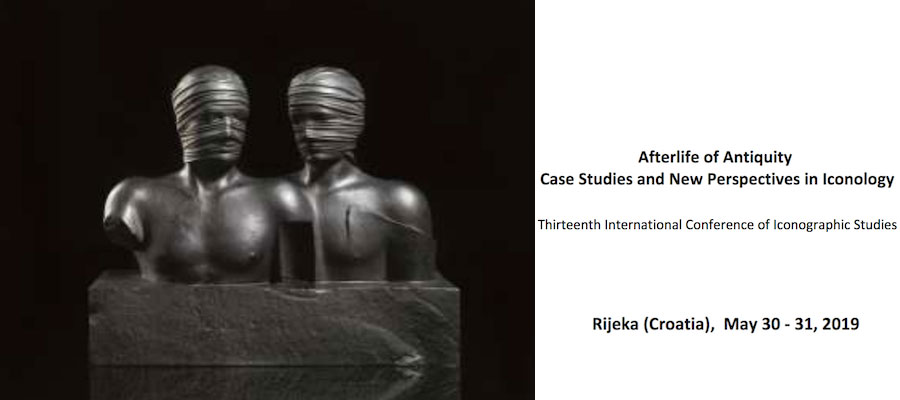Afterlife of Antiquity - Case Studies and New Perspectives in Iconology, Thirteenth International Conference of Iconographic Studies, Rijeka, Croatia, May 30–31, 2019
The concept of Antiquity and its afterlife, largely introduced by Aby Warburg to art historical research, has had a profound influence on generations of scholarship. The paradigm continues to spark dialogue among today’s scholars of art history as well as many other disciplines, including history, anthropology, literature, theory of art and others. This colloquium will consider the afterlife of Antiquity as form of memory as well as the use of classical models in their morphological significance.
Scholars are invited to present proposals on topics relating to the continuity and discontinuity of the use of classical tradition in history of art (mythology, historical themes, literature), and use and reuse of the ancient models within the specific historical contexts. Our intention is to reflect upon subjects and problems in reference to the classical western art as well as to comparative approaches to other cultures.
Academic papers that will approach these subjects from interdisciplinary and methodologically diverse angles are welcome. The themes and subjects include:
- survival/afterlife of classical mythology in Middle Ages, Renaissance, Baroque and Modern art
- survival/afterlife of Roman legends and history in Middle Ages, Renaissance, Baroque and Modern art
- Antiquity of the "Others" (in time and space) in an anthropological perspective
- continuity, discontinuity and ruptures of classical tradition in history of art
- case-studies of the use of topoi, schemata, Pathosformeln, and gestures in history of art
- reproductive and productive reception: copy, citation, variation, assimilation, and interpretation of the classical models
- re-contextualization – use of spolia
- classical motifs in contemporary art: use, reuse, and renewal
- memory of Antiquity as art-historiographical problem
